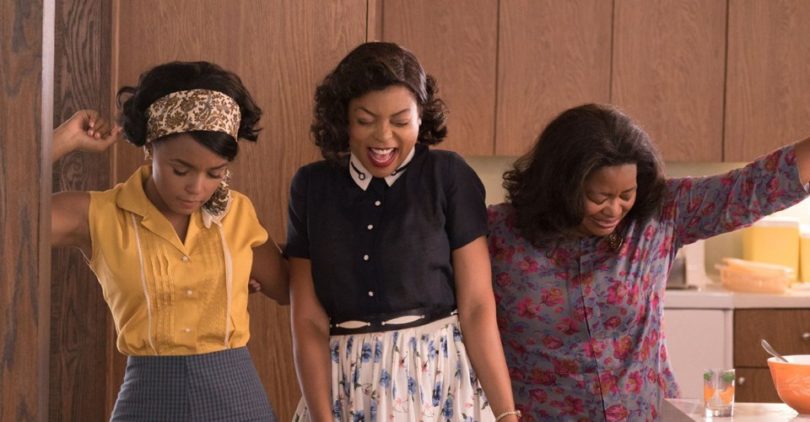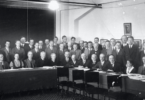theatlantic.com – When it comes to historical movies about brilliant minds, especially in the realms of math or the sciences, audiences can all but expect a tale of ego. Films such as A Beautiful Mind, The Theory of Everything, and The Imitation Game all lean in some way on the idea of the inaccessible genius—a mathematician, computer scientist, and theoretical physicist all somehow removed from the world. Hidden Figures is not that kind of film: It’s a story of brilliance, but not of ego. It’s a story of struggle and willpower, but not of individual glory. Set in 1960s Virginia, the film centers on three pioneering African American women whose calculations for NASA were integral to several historic space missions, including John Glenn’s successful orbit of the Earth. These women—Katherine Johnson, Mary Jackson, and Dorothy Vaughan—were superlative mathematicians and engineers despite starting their careers in segregation-era America and facing discrimination at home, at school, and at work. Queen of Katwe Is the Best Kind of Feel-Good Story And yet Hidden Figures pays tribute to its subjects by doing the opposite of what many biopics have done in the past—it looks closely at the remarkable person in the context of a community. Directed by Theodore Melfi (St. Vincent) and based on the nonfiction book of the same title by Margot Lee Shetterly, the film celebrates individual mettle, but also the way its characters consistently try to lift others up. They’re phenomenal at what they do, but they’re also generous with their time, their energy, and their patience in a way that feels humane, not saintly. By refracting the overlooked lives and accomplishments of Johnson, Vaughan, and Jackson through this lens, Hidden Figures manages to be more than an inspiring history lesson with wonderful performances. From the start, Hidden Figures makes clear that it is about a trio, not a lone heroine. Katherine (played by a radiant Taraji P. Henson) is the film’s ostensible protagonist and gets the most screen time. But her story is woven tightly with those of Mary (Janelle Monáe) and Dorothy (Octavia Spencer); the former became NASA’s first black female engineer, the latter was a mathematician who became NASA’s first African American manager. (It’s worth noting that, as a dramatization, the film makes tweaks to the timeline, characters, and events of the books.)







